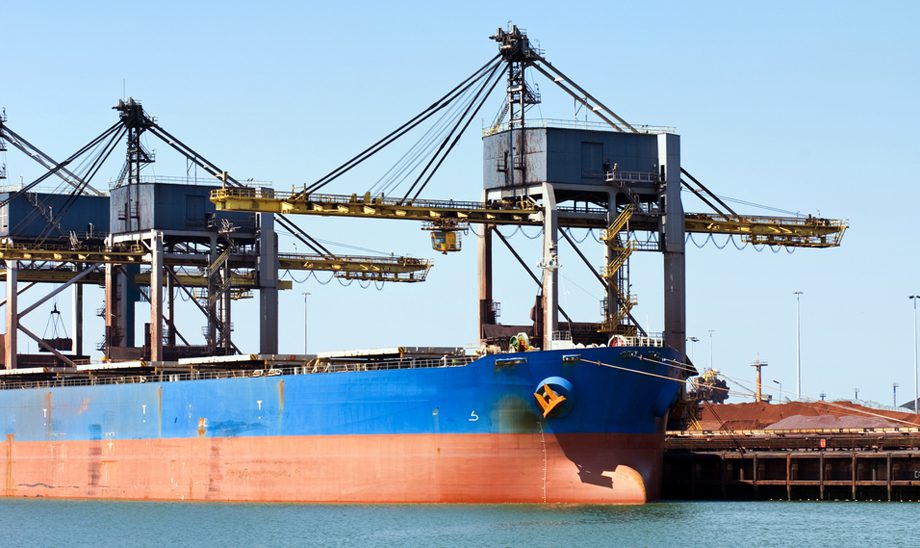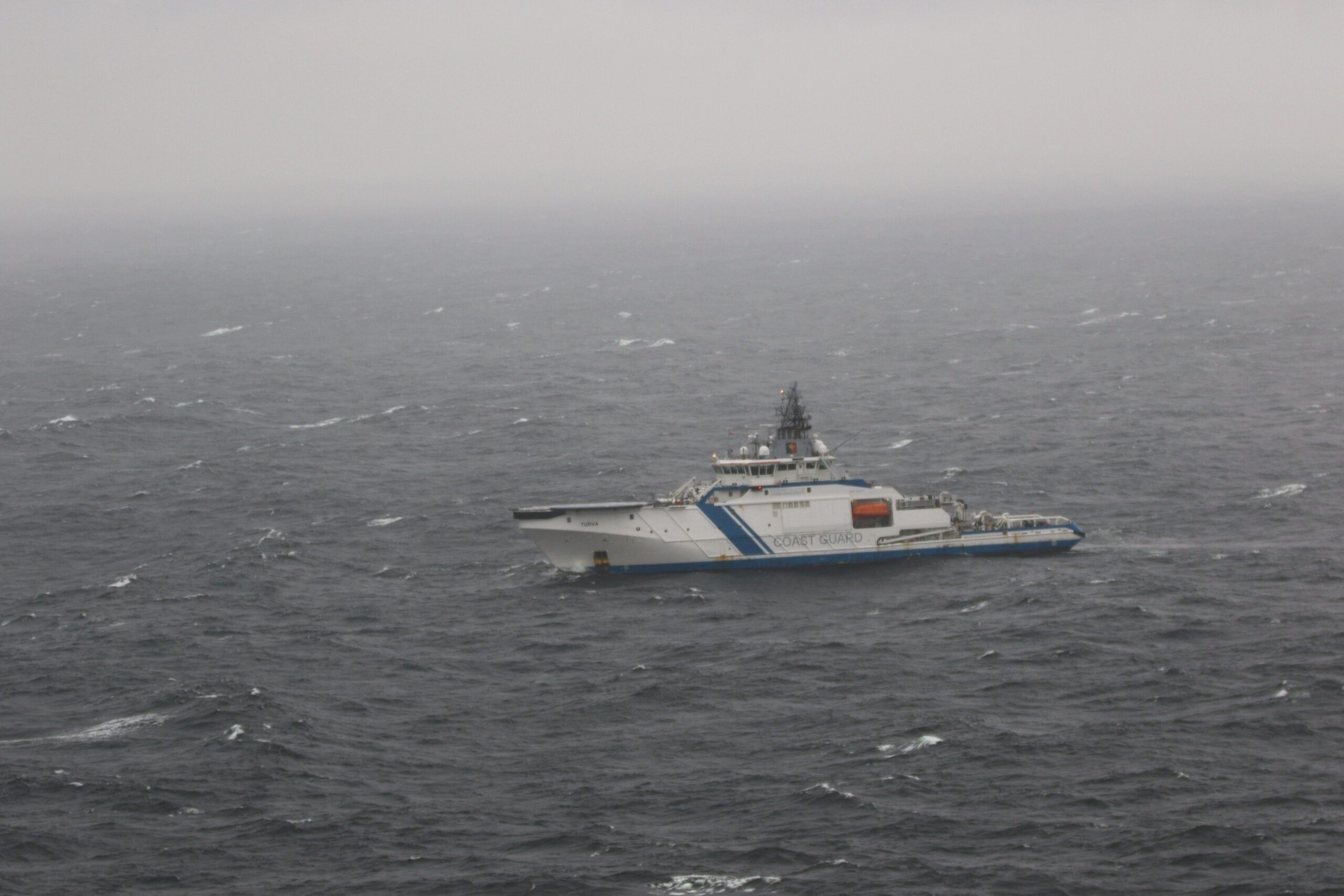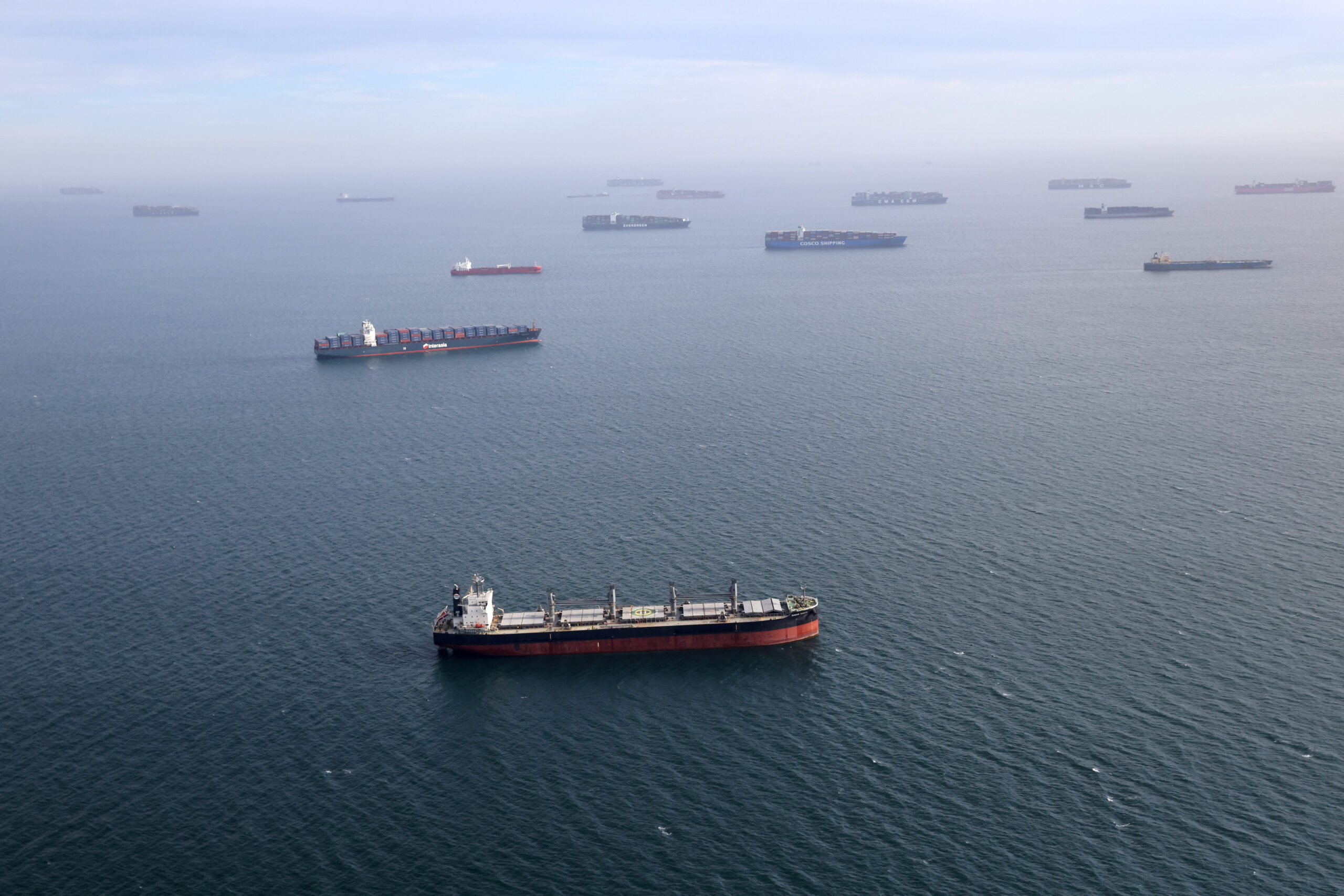A plunge in iron ore prices and shipping costs means it’s cheaper for Chinese steel mills to buy the material from Brazil more than 8,000 nautical miles away than to buy the lower-grade ore being dug in their own backyard.
China’s iron ore output had the steepest decline in July in four years, signaling the world’s largest metals consumer is poised to boost purchases from producers such as Brazil’s Vale SA and Rio Tinto Group. Stronger demand may push iron ore higher, with the spot price set to gain as much as 39 percent in the fourth quarter after touching a near-three year low this week, according to estimates compiled by Bloomberg.
“We’re using almost all imported ore to feed our furnaces now as prices have become more appealing,” Wang Liancheng, an international trading manager of Hebei Tianzhu Iron & Steel (Group) Co., said by phone from Tangshan. The company, which used to buy a quarter of its needs domestically, has switched to ore from South Africa, Australia and Brazil, he said.
China’s Premier Wen Jiabao is overseeing $23 billion of investment in new mills to stimulate auto-making and housing, which will boost demand for iron ore and help revive the nation’s flagging economy, which grew at the slowest pace since 2009 in the second quarter.
Ore prices may rebound as soon as next month because of declining stockpiles in China and the nation’s rising demand for construction, Vale, the world’s largest iron-ore producer, said this month.
Shipping Costs
Australian ore for immediate delivery at Chinese ports traded yesterday at about 780 yuan ($133) a dry ton, including taxes and port storage fees, with ore from Brazil at 790 yuan, according to researcher Mysteel.com. That compares to 1,030 yuan a dry ton of ore concentrates asked by domestic miners, according to Mysteel.
China’s ore contains about 20 percent iron, compared with more than 55 percent iron in Australian ore, making it more expensive to extract, Deutsche Bank AG estimates. Brazil is three times as far from Asian markets as Australia, where Rio Tinto, BHP Billiton Ltd. and Fortescue Metals Group Ltd. produce the bulk of their metal.
BHP, the world’s biggest mining company and third-biggest ore shipper, today reported a 35 percent drop in earnings to $15.4 billion in the year ended June 30 because of falling commodity prices. The result beat the $14.6 billion average of eight analyst estimates compiled by Bloomberg.
The company said it’s selling every cargo of iron produced. Chief Executive Officer Marius Kloppers said he doesn’t see a “dramatic” upside to its price.
The benchmark Baltic Dry Index, a broad measure of shipping costs, has plunged 67 percent from October, the highest level in the past year. It takes about 40 days to ship ore from Brazil to Chinese ports and two weeks from Australia’s Pilbara region.
Building Stockpiles
The 62 percent iron ore arriving China’s Tianjin port, an industry benchmark which touched a low of $106.40 a ton on Aug. 21, may trade at $148 a ton in the fourth quarter, according to the median of seven analyst estimates compiled by Bloomberg.
Traders also build iron ore stockpiles in the fourth quarter because freezing weather disrupts ports in the winter months, according to Steve Rodley, London-based managing director of Global Maritime Investments Ltd., which operates 64 ships.
Increasing exports to Chinese mills will help revive earnings at Vale and Rio, the top exporters of the raw material, who both reported in the past month a decline in profit. Rio’s net income may almost double to $11.4 billion this year, according to the average of 17 analyst estimates compiled by Bloomberg.
Record Production
Monthly steel production in China rose to a record 61.7 million metric tons in July, according to government data.
“There is no obvious failure in the industrial activity of Asia’s steel industry,” UBS AG analysts led by Tom Price said in an Aug. 20 report. “We should therefore expect a typical seasonal lift in ore prices in the fourth quarter, returning spot fines to levels above $125.”
Iron ore prices have to stay under $130 for several weeks before Chinese mines shut down, according to Carlos de Alba, an analyst at Morgan Stanley in New York. They declined below that level on July 17. Production costs in China are about $140 a ton, based on iron content, Credit Suisse Group AG said in July.
Iron ore output dropped 8.1 percent in July to 115.5 million metric tons in China, according to the National Bureau of Statistics. That’s the biggest decline in July since 2008, according to seasonally adjusted data compiled by Bloomberg.
Still, iron ore prices may fall further to around $100 a ton in the near term, according to Mysteel.com. Chinese steel mills, overwhelmed by rising capacity and sluggish demand, have struggled to remain profitable as prices for the alloy plunged to an almost three-year low this month.
Price Forecast
“There’s still room for imported prices to fall, while domestic mines are already struggling to stay profitable,” Hebei Tianzhu’s Wang said.
China’s iron ore imports totaled 57.87 million tons in July, 6.1 percent higher than a year earlier. Major Chinese steelmakers including Baoshan Iron & Steel Co., posted a combined 96 percent drop in first-half earnings, the China Iron and Steel Association said July 31.
“Mines in China’s coastal regions and in the southwestern areas are most hit by the falling prices,” said Mysteel’s Shanghai-based analyst Shi Zhenglei. “Mills along the coast stopped buying domestic ore, and falling ore prices also drained demand for shipping the raw material from mines in the faraway Xinjiang and Inner Mongolia.”
Chinese production could be curtailed by as much as 20 percent in August with up to 30 percent of mines losing money, Barclays Plc analysts led by Leonardo Correa said in an Aug. 20 report. They expect iron ore to trade at $120 to $130 a ton as mills restock and as seaborne material purchases gain.
“Chinese mills are out of the market to preserve cash amid tough market conditions in the steel industry, but the trend of destocking is unsustainable,” the analysts said. “The return of mills to the market should be supportive for prices.”
-Helen Yuan, (c) 2012 Bloomberg
Unlock Exclusive Insights Today!
Join the gCaptain Club for curated content, insider opinions, and vibrant community discussions.

 Join The Club
Join The Club











